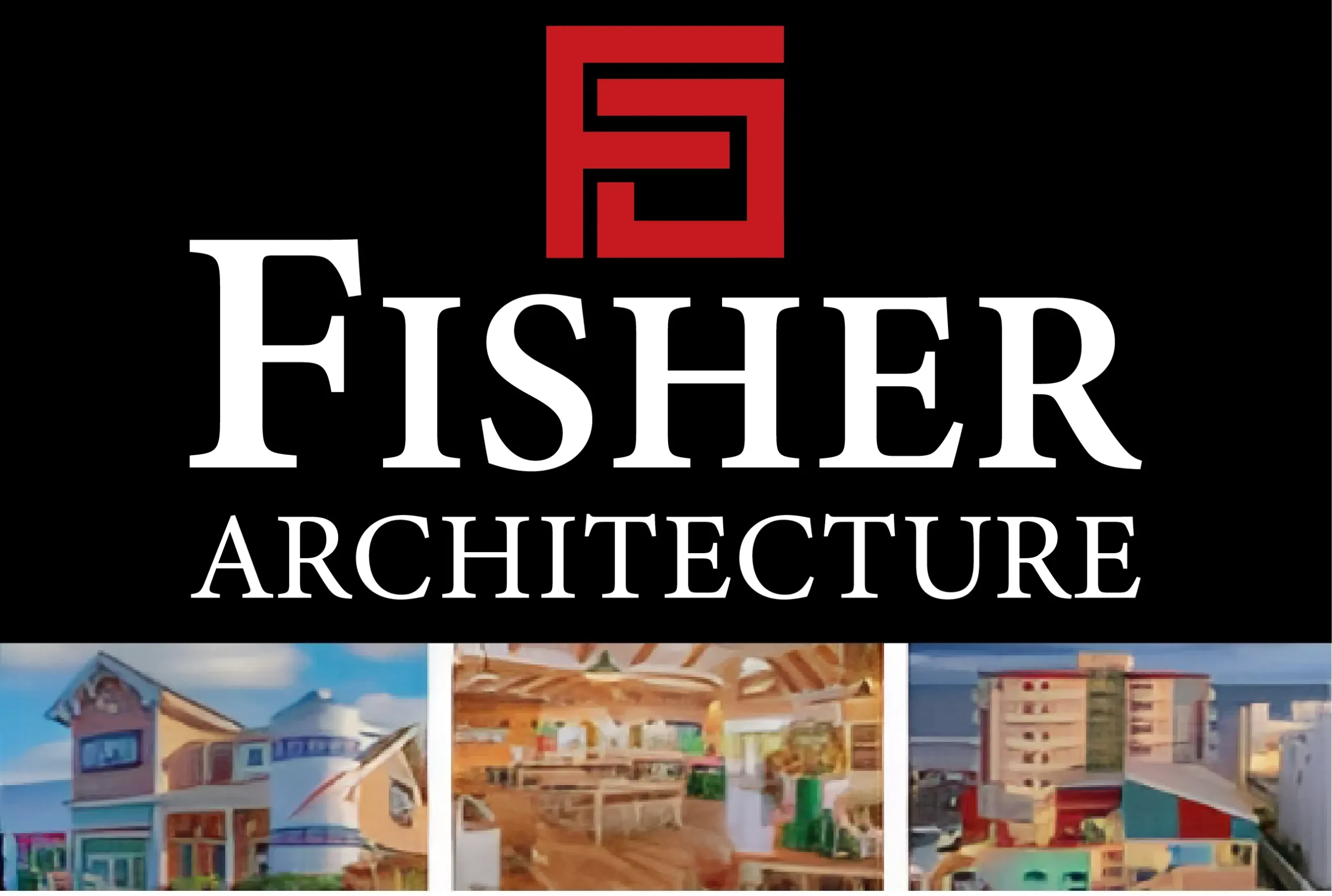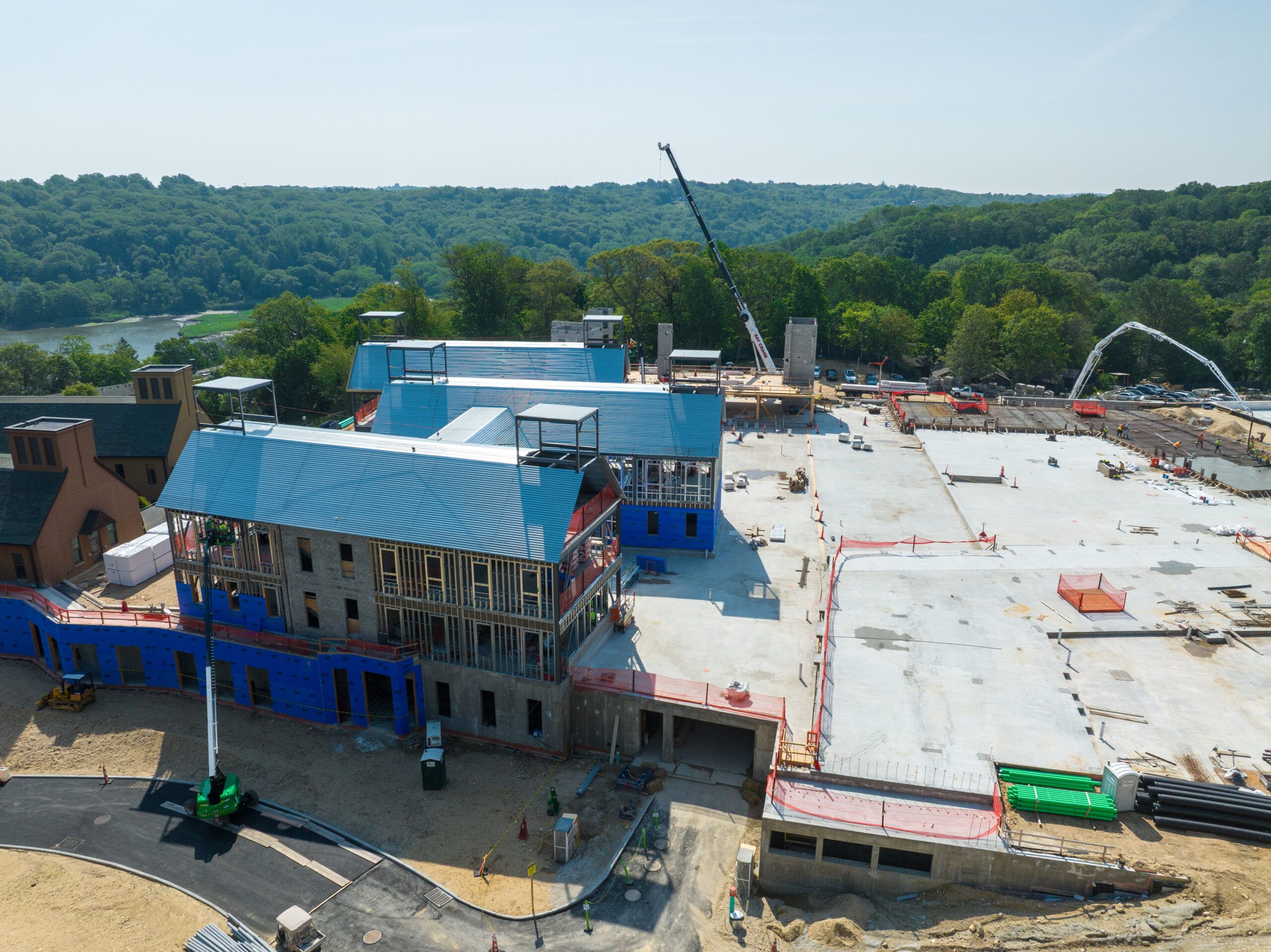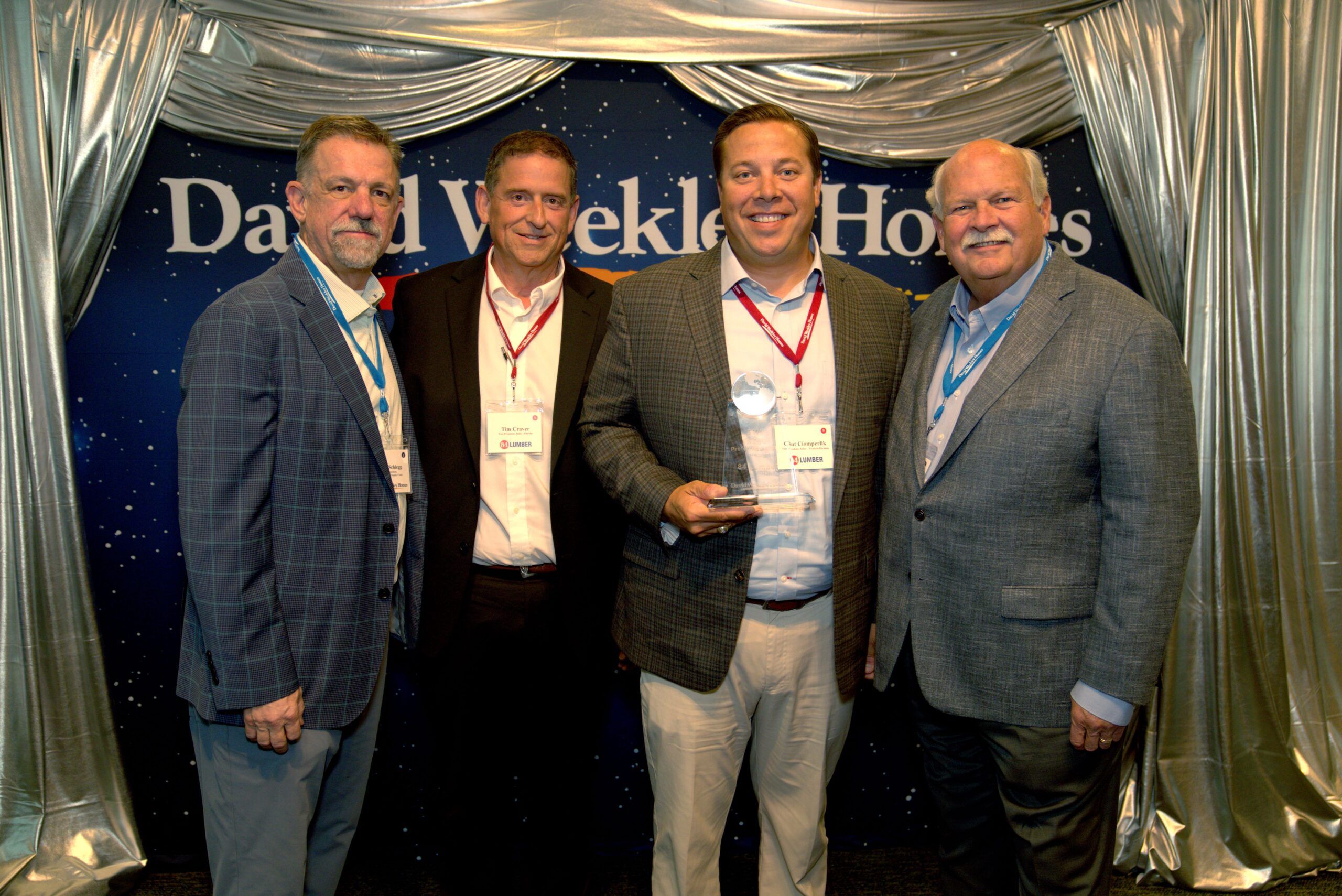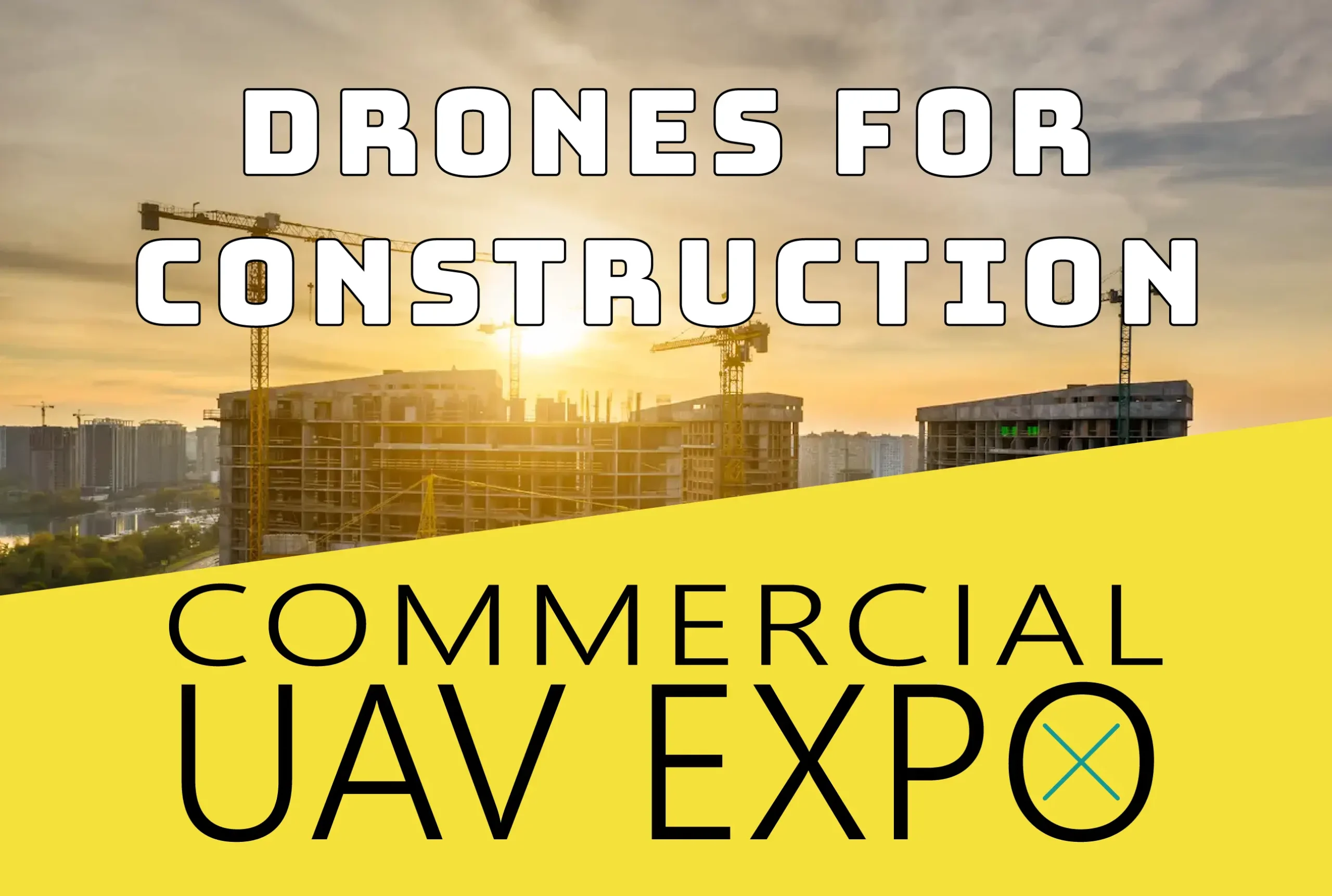What if commercial buildings could be constructed in half the time, with less waste, and at a lower cost?
Sounds like the future, right?
Well, that future is already here with prefab and modular construction.
Gone are the days of long, unpredictable building projects where delays and rising costs slow everything down. Businesses today are looking for smarter, faster, and more efficient ways to create office spaces, hotels, hospitals, and retail outlets.
Prefab and modular construction methods are revolutionizing the way commercial buildings are designed and built, offering a streamlined process without sacrificing quality or style.
If you’re curious about how this innovative approach is transforming the industry, keep reading.
This article explores why prefab and modular construction are becoming the preferred choice for developers and businesses, their key benefits, and the exciting future of commercial buildings.
Understanding Prefab and Modular Construction
Prefab (short for prefabricated) and modular construction refer to methods where building components are manufactured in a controlled environment and then transported to the site for assembly.
Unlike traditional on-site construction, where everything happens from the ground up, prefab and modular construction involve assembling sections (or entire rooms) in factories before they are delivered to the project location.
Types of Modular Construction
- Permanent Modular Construction (PMC): These buildings are designed to stay in place just like traditionally constructed buildings. They offer the same durability and quality but with faster completion times.
- Relocatable Modular Construction (RMC): These structures can be moved and repurposed as needed, making them ideal for temporary office spaces, retail units, or healthcare facilities.
Why Prefab and Modular Construction Are Gaining Popularity
The rise of prefab and modular construction isn’t just a passing trend. More businesses and developers are embracing these methods due to the many advantages they offer.
Faster Project Completion
One of the biggest reasons why commercial developers are turning to modular construction is the speed of completion. Since most of the building process happens in a factory setting, weather delays and on-site disruptions are minimized.
This efficiency also extends to waste management, as working with a local skip hire company ensures that construction debris is handled swiftly and responsibly. While traditional buildings can take many months or even years to complete, modular buildings can be finished in a fraction of the time.
Cost-Effective Building Solution
Construction costs can quickly add up, but prefab and modular methods help reduce expenses in several ways:
- Lower labour costs: With most of the work done in a controlled environment, fewer workers are needed on-site.
- Reduced material waste: Factories optimize material usage, leading to less waste compared to traditional construction.
- Fewer delays: A streamlined process means fewer unexpected costs due to weather-related interruptions or scheduling conflicts.
Sustainability and Eco-Friendly Construction
Many businesses are now prioritizing environmentally friendly practices, and modular construction supports this shift. Since materials are precisely measured and used in factories, waste is significantly reduced.
Additionally, modular buildings can incorporate energy-efficient designs, renewable energy systems, and sustainable materials, making them a great choice for eco-conscious projects.
High-Quality Construction
Because modular buildings are manufactured in controlled settings, they often meet higher quality standards than traditional buildings. Factory conditions allow for better precision, stricter inspections, and improved craftsmanship. This results in durable, long-lasting structures that comply with all necessary building regulations.
Applications of Prefab and Modular Construction in Commercial Spaces
These construction techniques are being used across various industries, proving their versatility and practicality.
Office Buildings
Modular offices are becoming a preferred choice for businesses looking for quick and efficient workspace solutions. Companies can expand their offices with prefabricated units without causing major disruptions to daily operations.
Healthcare Facilities
Hospitals and clinics require high-quality, sterile environments that can be built quickly to meet growing demands. Prefab and modular construction offer a solution that allows healthcare providers to scale up their facilities efficiently.
Hotels and Hospitality
The hotel industry benefits greatly from modular construction, allowing developers to create stylish, modern accommodations at a faster pace. Modular hotel rooms are built with precision and delivered to the site for assembly, reducing construction times significantly.
Retail and Restaurants
Retail stores and restaurants are also embracing modular buildings to quickly establish new locations. Prefabricated structures offer the flexibility to expand or relocate businesses with minimal downtime.
Educational Institutions
Schools and universities are utilizing modular construction for classrooms, dormitories, and administrative buildings. These structures provide a practical solution for accommodating growing student populations.
How Prefab and Modular Construction Are Shaping the Future
With rapid urbanization and increasing demand for efficient construction methods, prefab and modular construction are playing a key role in shaping the future of commercial buildings.
As technology advances, more sophisticated modular designs are being developed, making them an even more attractive option for commercial projects.
Innovations Driving the Industry
- Smart Building Integration: Modular buildings are now incorporating smart technology, allowing for better energy efficiency, security, and automation.
- 3D Printing in Prefabrication: Some companies are exploring 3D printing to create prefabricated building components with even greater precision.
- Sustainable Materials: The industry continues to adopt eco-friendly materials to meet sustainability goals.
Increased Demand Across Industries
As more industries recognize the benefits of prefab and modular construction, demand is expected to rise. Developers and businesses are realizing that they no longer have to choose between speed and quality—modular construction offers both.
Conclusion
Prefab and modular construction are proving to be a revolutionary shift in commercial buildings. With faster project completion, cost efficiency, sustainability, and high-quality standards, these methods are redefining how commercial spaces are built. As technology continues to evolve, modular construction will only become more advanced, offering even more possibilities for businesses and developers. Whether for offices, healthcare facilities, hotels, or retail spaces, modular construction is paving the way for a more efficient and innovative future in commercial buildings.











